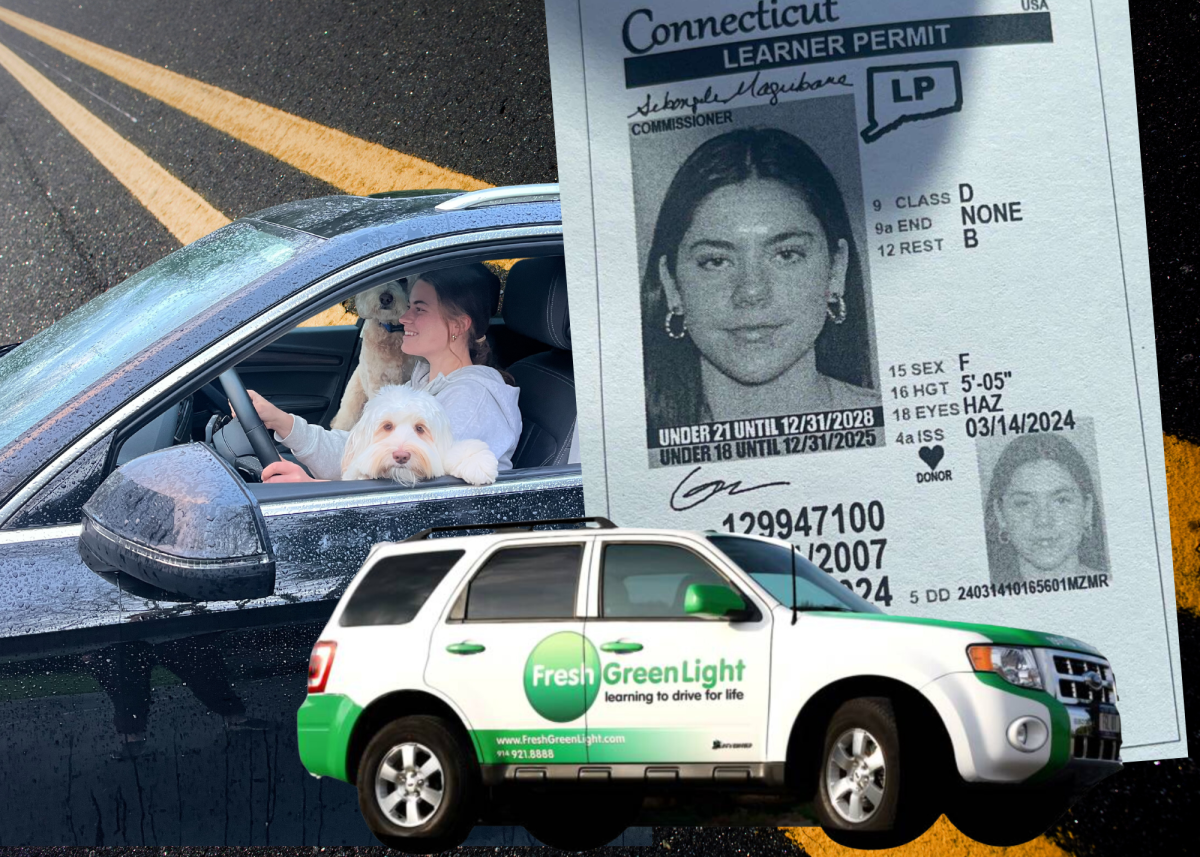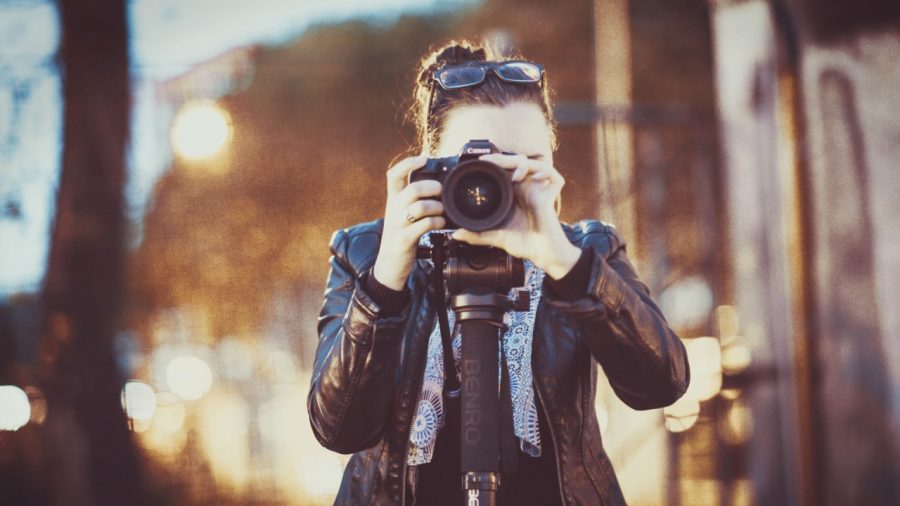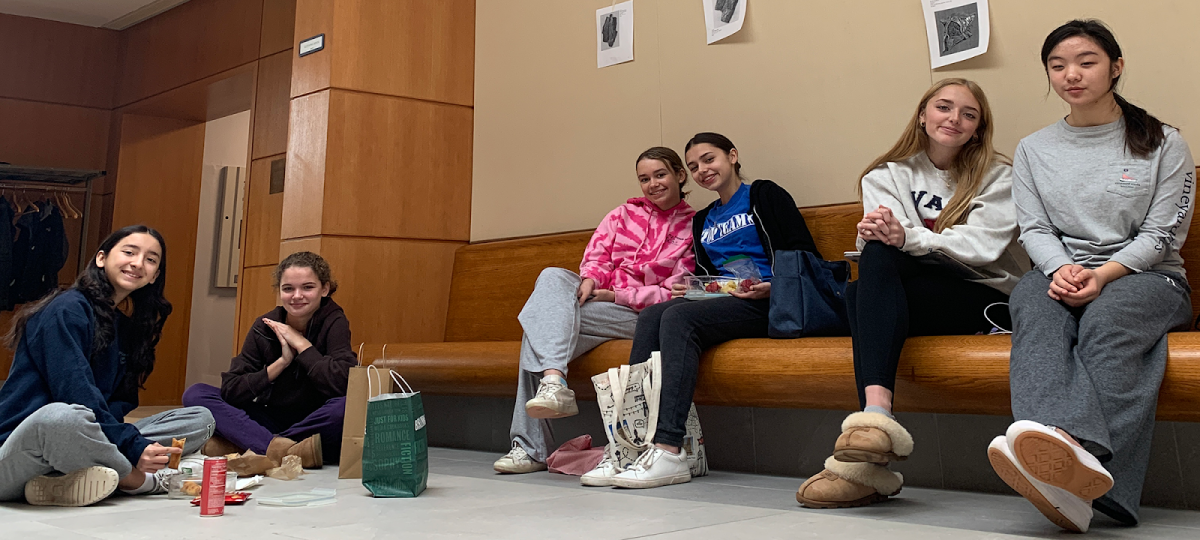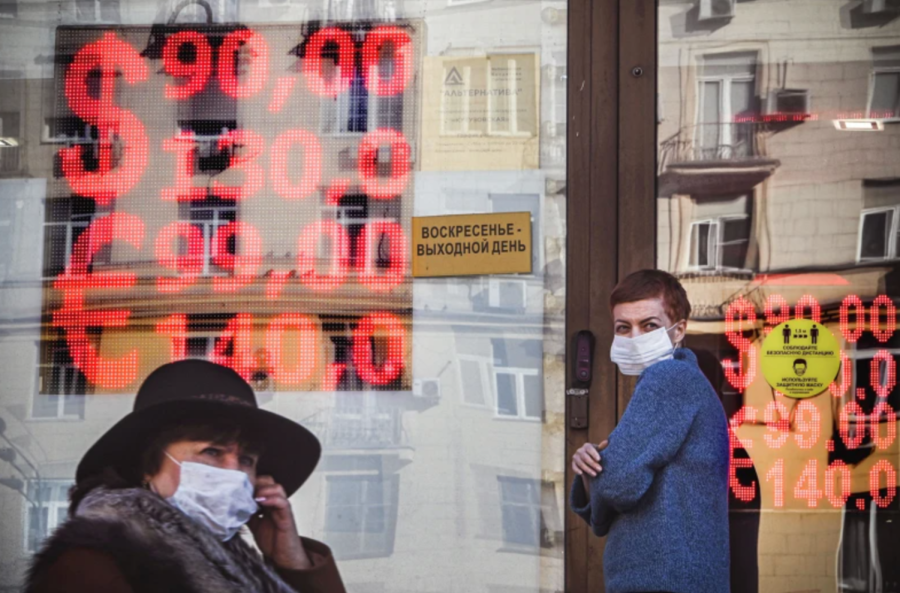With summer coming to an end, tanned bodies and sun-kissed faces are starting to roll into school. Though in centuries past, tanned skin was considered unattractive and a sign of weathered skin, in the early 1900s Coco Chanel started the skin-tanning fad that is still so popular today.
Over the past several decades, doctors and scientists have done several studies on the effects of the UV radiation emitted by the sun. The sun emits UV radiation in the form of UVA, UVB, and UVC. As mentioned by Dr. Hu in his paper “Ultraviolet-A Irradiation Upregulated Urokinase-Type Plasminogen Activator in Pterygium Fibroblasts through ERK and JNK Pathways” (Cornea, 2013), the Earth’s ozone layer blocks virtually all of the UVC and all but 10% of UVB radiation, while 90-99% of solar UVA radiation is transmitted to the Earth’s surface.
It is well known that UVB causes sunburn, while UVA causes skin tanning and aging. Because of this generalization, most work done on the mechanisms that underlie UV-induced skin carcinogenesis focused on UVB, which causes direct DNA damage and immunosuppression, often resulting in the development of various skin tumors.
The public soon made a conscious effort to wear sunscreen concoctions boasting varying degrees of protection from the sun’s dangerous UVB rays, and paid little attention to the effects of UVA – thought to be less harmful.
However, studies in recent years have determined that UVA produces damage to skin and eye cells through mechanisms that differ from UVB damage. As mentioned by Dr. Hu in his paper, UVA causes oxidative stress, oxidative damage to DNA and lipids, gene mutation, ECM degradation, and inflammation, which lead to the development of benign skin tumors, skin cancer, and cutaneous melanoma.
In vitro and experimental studies have shown that while UVB is absorbed mainly by epidermal and epithelial cells, UVA solar radiation penetrates more deeply into the skin.
In recent years, sunscreen manufacturers privy to the new information on the damaging effects of UVA in conjunction with UVB have made improvements in their products to better protect the skin. However, virtually no sunscreen concoction can completely protect you from the sun’s radiation. The only 100% guaranteed method of protection is staying away from the sun.
This summer, at my internship at the New York Eye and Ear Infirmary of Mount Sinai, my lab was conducting a study on the effects of UVA, UVB, and visible light on the development of Pterygium (Surfer’s Eye) – a common eye condition that affects people who spend a lot of time outdoors.
So, I collected and recorded the levels of UVA radiation, UVB radiation, and visible light in New York City in various weather conditions (Sunny, Partly Sunny, Cloudy) at various times throughout the day.
What my data indicated is that though, as expected, the numbers were lower in indirect sunlight than they were in direct sunlight, the discrepancies between the numbers were minor, indicating that even in indirect sunlight, the effect of the sun’s UV radiation can still be felt. Therefore, even sitting in the shade or seeking refuge under a beach umbrella puts you at risk of the damaging effects of the sun’s UV radiation.
So, be kind to your skin and your eyes. Wearing sunglasses even when it isn’t visibly “sunny” can go a long way to protect your very sensitive eye cells. Moreover, sunbathe in moderation; though bronzed skin is à la mode, think of the long term effects on your skin and eyes.


































